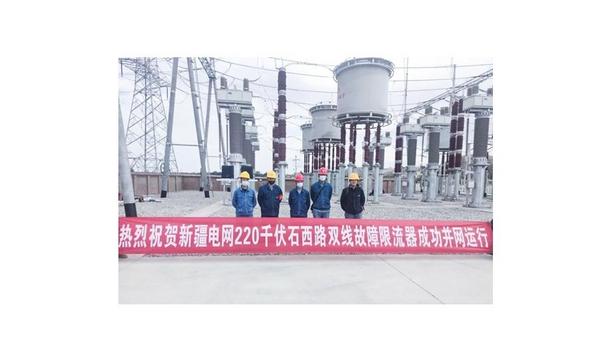In the world of modern electronics, it is very easy to take DC/DC power supplies for granted as they are all around and in constant use. However, how well the power supply has been integrated into the design can be critical to both the overall performance and the functionality of the application.
This article discusses the importance of DC/DC power supply filters, how they can be used, and when to use them.
Filtering power signals is critical
DC/DC power supply design can take many forms, ranging from a fully custom, discrete design that is integrated directly onto a PCB to a simple plug-and-play module that requires minimal engineering and design. In an ideal power supply design, the output power signal would have no variance in its frequency or magnitude and would have zero output signal noise.
Output power signal would have no conflict in its frequency or volume and zero output signal noise
However, to achieve this near ‘perfect’ supply, ample amounts of filtering and voltage stabilization hardware would be required that would be size and cost-prohibitive.
Nevertheless, regardless of the power supply methodology, some power filtering on both the input and output of the power supply can help guarantee that the entire device performs as expected under all operating conditions.
External filtering design
All DC/DC power supply modules have simple integrated filters that can combat some of the common signal variances and allow the module to perform its basic functions, but sometimes power supply designers need to add their own external filtering circuits.
The ability for users to employ their own external filtering design gives them flexibility on how stringent or flexible they would like to be with their filtering which can significantly influence the size, price, and overall design of a product.
For example, some applications are very sensitive to conducted EMI which oftentimes runs rampant in industrial settings where electromechanical equipment is heavily utilized.
integrated input and output filters
Other applications where the input is stable and low noise and the integrated input and output filters
Therefore, a designer who wants to employ such sensitive components in a noisy EMI environment will want to include extensive additional power input filtering to ensure the reliable operation of their device even when the supply is not clean or suffers brown-outs.
On the other hand, there are other applications where the input is stable and low noise and the integrated input and output filters included in the power supply modules are more than sufficient, allowing the power supply designer to save both cost and board space.
A modular solution
RECOM has added the RPX power supply family to the catalog which are highly efficient, small footprint DC/DC power modules that offer designers high power conversion efficiency. The RPX series comes in a variety of configurations and output current ratings, but the real value of the RPX series is its excellent thermal efficiency.
The RPX series comes in a variety of configurations and output current ratings
The RPX series utilizes a copper lead frame instead of a traditional internal PCB in order to achieve extremely small footprints without compromising on thermal performance. For example, the RPX-4.0 has an impressive specification −3.8 to 36 V input, adjustable 1 to 7 V output and a compact 5 mm x 5.5 mm footprint and low 4.1 mm height - yet despite being able to deliver 4A of output current in such a small size, the sophisticated internal thermal management means that forced-air cooling is not required in many cases.
The high output current allows high peak load applications such as 5G modems, electromechanical actuators, or airborne drones to be adequately supplied with peak power without the output voltage momentarily dipping out of range.
RPX-based DC power supply
The 3DPP® packaging and assembly technology (flip chip on lead frame) of the RPX power supplies is very advanced and is what allows them to be so highly efficient. By eliminating the internal PCB, thermal conductivity increases and the integrated inductor design reduces EMI throughout the module by minimizing the amount of EMI loop distances.
To create a minimalist RPX-based DC power supply, customers just need to add two external capacitors and two output voltage setting resistors. For more demanding applications, adding additional filtering capacitors and line inductors on the input of their RPX-4.0 will reduce radiated and conducted EMI to class B levels, while placing a simple LC filter on the output can further reduce ripple and power signal noise to supply bus voltage sensitive critical components such as microcontrollers and IoT wireless solutions.
The RPX evaluation board (RPX-4.0-EVM-1) is available to allow power supply designers to easily optimize their various resistor/capacitor and control/sense configurations to match a variety of applications.






